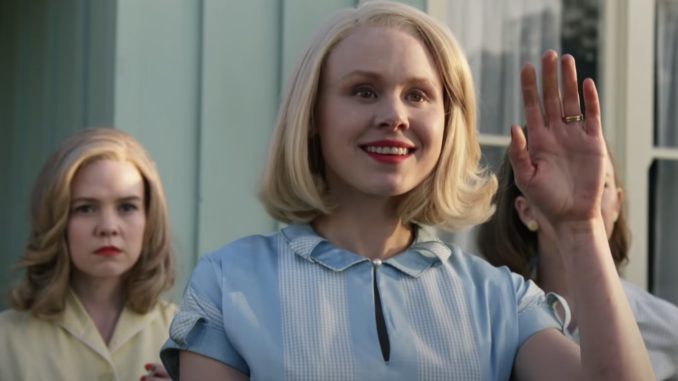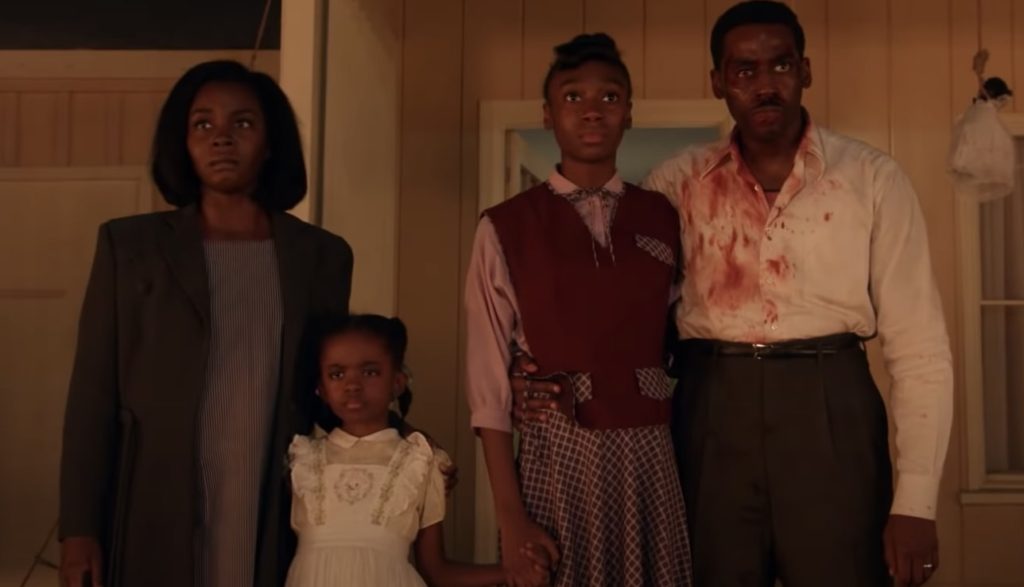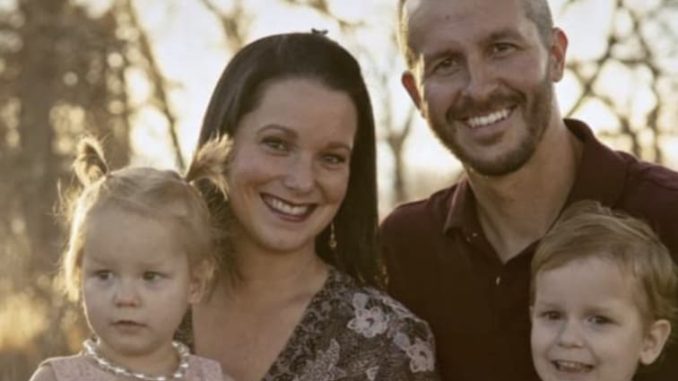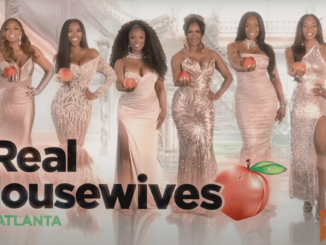
Words can’t describe the overwhelmingly horrific emotions that the Amazon Prime film Them incites upon viewing. Created by fresh-on-the-block scribe Little Marvin, Them is about a middle-class Black family that moves into an all-white neighborhood of Compton in the 1950s. Haunting, supernatural forces coupled with racial terrorism from disgruntled white neighbors traumatize the family of four to their wit’s end.
The Emory family consists of the father Henry Emory (Ashley Thomas), mother Lucky Emory (Deborah Ayorinde), and daughters Ruby (Shahadi Wright Joseph) and Gracie (Melody Hurd). Other characters include the antagonist Betty Wendell (Alison Pill), Clarke Wendell (Liam McIntyre), Hazel (Paula Jai Parker), Ella Mae (Anika Noni Rose), to name a few.
The Hilman Grad and Sony Pictures Television series is the first of an anthology set on exploring historic stories that shaped society. The 10-episode series is executive produced by Little Marvin, Lena Waithe, Larysa Kondracki, Nelson Cragg, Don Kurt, Miri Yoon, Michael A. Connolly, and Roy Lee.
The first episode begins with Lucky having an eerily triggering dream of sorts when she snaps out of it and finds herself riding in a car with her family to their new home. Once they arrive in Compton, white neighbors are startled by their presence and concoct ways to passive aggressively run the family out of the neighborhood. Meanwhile, Gracie is the first family member to have an encounter with a ghastly, malevolent force that appears to be a white teacher from one of the books she reads.
Full of great acting and storytelling, Them has remnants of Edward Scissorhands, The Stepford Wives, US, Nightmare on Elm Street, and aspects of Black films documenting racial terrorism in the U.S. The story of the first Black families to move to Compton is worth telling. Although today, Compton is mostly comprised of Latino and Hispanic residents, and has gained recognition for being notoriously riddled with violence, poverty, and Black gangs, it wasn’t always this way.
A white male named Griffith Dickenson Compton settled in the region, along with 30 families who were seeking a homestay after the gold rush. Originally called Gibsonville, in 1869, the settlement became known as Compton and was officially incorporated as the City of Compton in 1888, according to Compton.org. At the time, the population consisted of 500 people who were mostly white. This continued into the 1920s when the city would created covenants to restrict other races from moving into the area. The covenants were enforced by city officials, law enforcement, and real estate agents.
Despite all of their efforts, white residents began to see Black families move in to their all-white neighborhoods as a result of a ban on restrictive covenants ordered by the U.S. Supreme Court in 1948. In the late 1940s and early 1950s, the first black family moved to Compton, followed by many others. They would face discrimination, vandalism, hate crimes, and unthinkable violence from their white counterparts. Still, the efforts of racists neighbors were thwarted and they relented with the great “white flight” that took place in mid-1950. White families began leaving Compton as more Black families moved in.

During this time, the community was still considered middle-class and had a good reputation until the Watts Riots took place in 1965, pushing several Los Angeles natives to the city, and gangs such as the Crips and Bloods formed, which were originally establish to defend Black residents from racial injustices. Douglas Dollarhide became the first Black mayor of Compton, while the population of Black people in the city rose to 65 percent.
By the 1980s, the migration of jobs and opportunity evaporated from Compton — a tactic that was used in many cities across the nation, including Detroit and Chicago — caused unemployment, poverty, and crime to increase. Soon, the drug crack cocaine began to infiltrate the streets, taking parents away from their children either through death or imprisonment.
Infamous rap group, NWA, documented issues in Compton with their album Straight Outta Compton. The following Rodney King riots added to the building reputation of South Central Los Angeles, Compton, and Watts. By that time, even middle-class Black families were exiting the areas.
Less than 1 percent of Compton residents were white by the start of the 2000s. However, today, Compton has an estimated population of 95,605 residents that include 68 percent Latino and Hispanic, 35.2 percent white, and 28.9 percent Black people.



